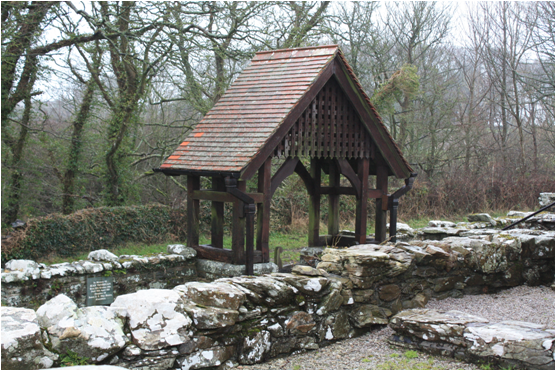The Adams of Lochwinnoch
I was reading through the Parish Records of Kilbarchan — as one does — to learn more about my family and their history in Scotland. It looks as though we won’t get to Lochwinnoch ourselves this summer, though it will remain on my long-term to-do list, and reading up on the Adams served as a regretful substitute.
The picture of who’s who and who’s related to whom is imprecise. Here’s my starting point: “John Adam Born in Vowfield Lockwinnoch, Renfrewshire, Scotland on 29 May 1714 to Robert Adam. John married Sarah Leonard and had 5 children. He passed away on 17 Apr 1802 in Salisbury, Massachusetts, USA.” This John Adam is very clearly an ancestor of mine, so Robert must be as well (duh). The next question, then, is who this Robert Adam was who fathered a John Adam in 1714. There’s one record suggesting that Robert’s father was named John, too. That’s as much as we know.
The Parish Records of Kilbarchan identifies Adams abundant. None of the Adams listed there, though, seem to be our Robert. The list of Adams spots only one, a “Robert Adame” (alphabetised between a “John Adam” and a “William Adam,” so I don’t know what’s up with the “e” on the end of his name). He shows up as
Adame, Robert, par., and Issobell Adame, par. of Loch-
winnoch, in Pennell 1679 m. 21 Mar. 1678
A daughter, 30 Mar. 1679.
So, there’s no mention of son John, no mention of a father John, an extra “e” on his name, and this Robert would have been 35 years post-marriage when John was born.
There’s a Robert Adam born in 1676 to James Adam and Jannet Bannatyne, in Hair Lawis, 1676. Another John Adam and his wife Agnes Cochran bore a child Robert, but this Robert was born in 1709, a little late to have become my John’s father in 1714, even among morally progressive eighteenth-century Scots. Meanwhile, remember Issobel Adam? She, or someone else from Lochwinnoch with her name, also married William Hodge in 1655. Likewise an Issobel Adam married John Love in an undetermined year (their first child was born in 1673). And William Orr in Clavens (first child 1691). William Rodger and Issobel Adame had a child in 1673. In the “Index of Mothers,” Issobel is credited with having been married to them all.
I don’t know quite what to make about all this. I’d have liked to have looked into the parish records in Lochwinnoch to see if they shed any light on the John > Robert > John line of descent. Maybe we’ll turn something up. But in the meantime — oh, you Issobel!

